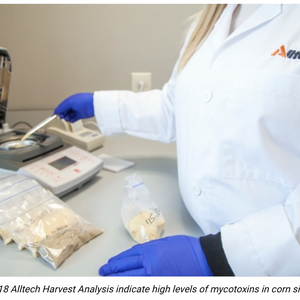The trials were led by Nofima Scientist Jens-Erik Dessen, who studied how protein and fat content in feed affects the growth, feed utilization, health, quality and fat deposition of farmed salmon. This work was done to identify good balances in the dietary protein-to-lipid ratio related to different seasons and periods with high risk of viral diseases such as pancreas disease.
Jens-Erik Dessen’s conducted his PhD work under the supervision of Professor Kjell-Arne Rørvik, which included trials in pens in three different farming locations along the Norwegian coast. Trials were performed in small-scale at Averøy Research Station and in large-scale at Nofima’s research facilities in southern, central and northern Norway. This was done in order to ensure research that could be of practical relevance for the fish farming industry.
General observations and conclusions from the four studies Dessen conducted under his PhD work are that Smolt transferred to sea in spring require high dietary energy and high protein content during the early seawater phase for optimal growth performance, and that increased dietary protein-to-lipid ratio could be utilized during the first spring and summer in sea for sites with high risk of pancreas disease outbreaks to improve survival and reduce the accumulation of severely thin diseased fish (runts). Furthermore, high fat content in the fish, especially in early autumn, reduces the long-term growth potential.
“The experiments lasted up to a year and a half, in order to identify important connections, giving us unique insight into how variables in the environment, feed and fish affect the production,” said Dessen.
Nofima’s partners in these trials were Blom fiskeoppdrett AS, Nordlaks oppdrett AS, Lerøy Midt and BioMar. The research was mainly funded by Nofima, while the small-scale trials were partly funded by the Fishery and Aquaculture Industry Research Fund (FHF) and Havsbrún.
Jens-Erik Dessen also investigated if there were significant effects of the different feeds on fillet quality, such as firmness, gaping and color, and found there were not.












